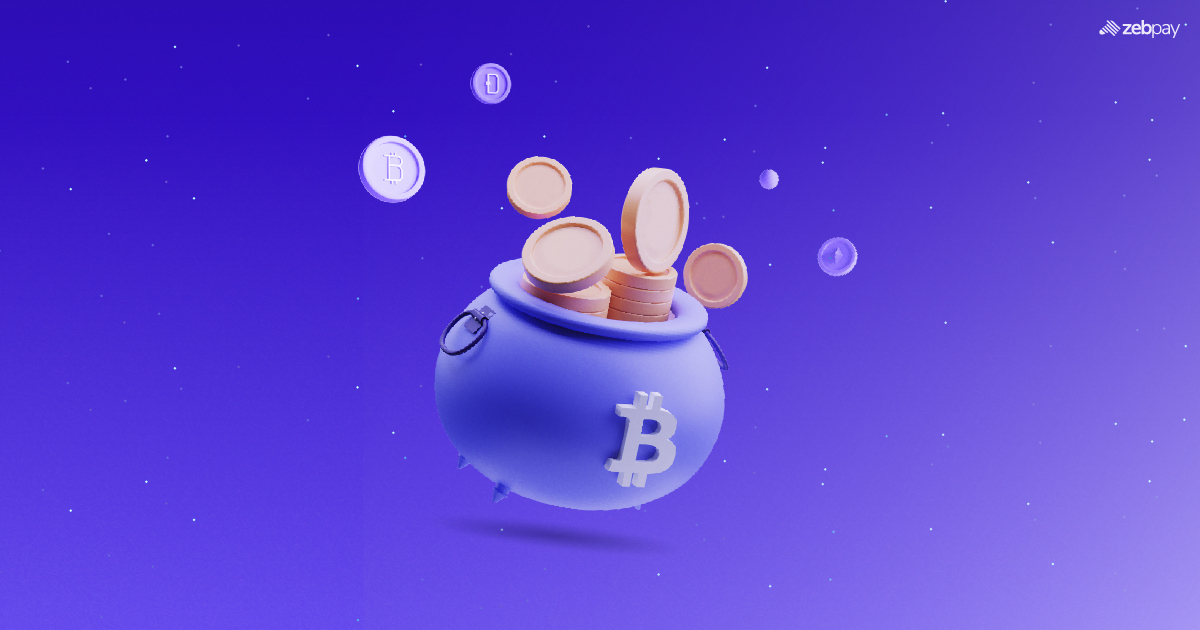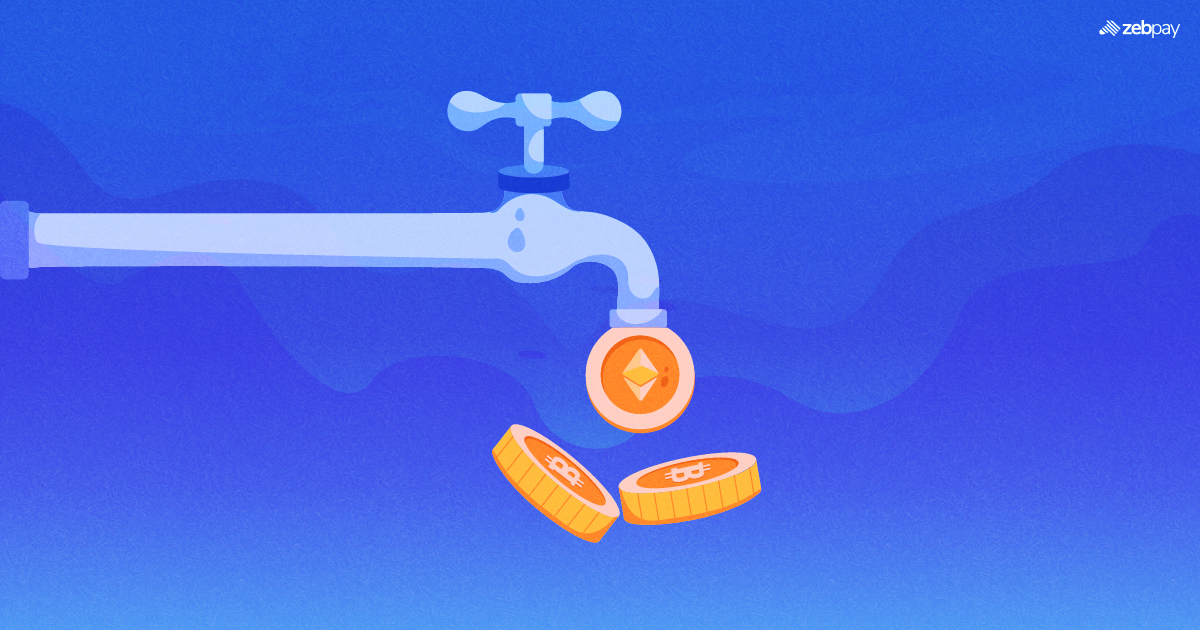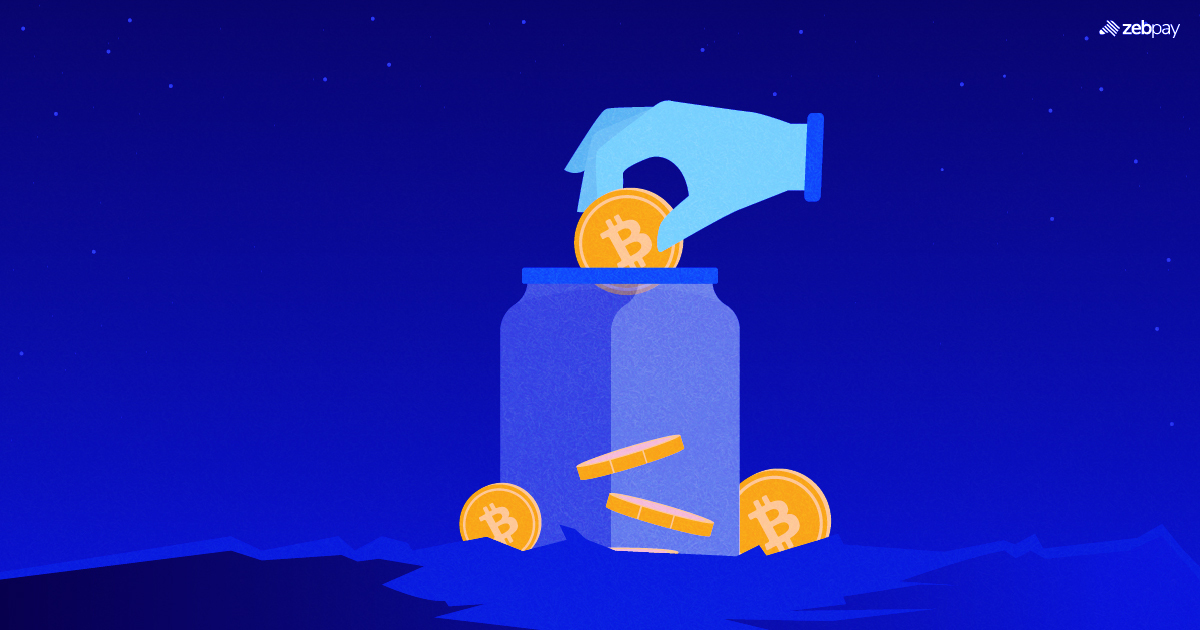Introduction
Blockchain, as the name suggests is made up of chains of various blocks of information and data. The data in the blocks are encrypted and are required to be validated for the transaction to be completed. That validation uses computation power to solve the mathematical problems to facilitate the file transfer of encrypted data. This validation process requires powerful computations and thus energy. Which means that the validation process is not for free. To support the validators the concept of block rewards is introduced.
What are Block Rewards?
Block rewards are the crypto rewards to block validators to keep the process financially viable. The block validation process also introduces new tokens into the network as crypto rewards. This is equivalent to the mining of precious metals in the physical world. That is why the validators are sometimes also called “Miners”.
Read more: How To Build A Crypto Mining Rig
How Does Block Rewards Work?
Block rewards mainly consist of two components. They are-
- Block Subsidy: These are new tokens introduced to the network and awarded to the miners. This constitutes the majority portion of block rewards.
- Transaction Fees: Some fees are paid by the users to get their transactions validated. The fees are given to the validators.
Each crypto has its unique validation process and reward system. Bitcoin for example started with the reward of 50 BTCs as a block reward which is halved every 4 years. This keeps the network deflationary. This reduces the supply-demand ratio, pushing the prices up.
Mechanism Behind Block Rewards
Numerous blockchains that rely on crypto mining and block rewards, such as Bitcoin, Litecoin, Dogecoin, Bitcoin Cash, and Ethereum Classic, typically utilise a Proof-of-Work (PoW) consensus mechanism.
In PoW blockchains, transactions are generally validated and verified by complete and partial nodes. After verification, they are added to a queue. Mining nodes then select transactions, compile them into a candidate block, and mine it. Each node mines the solution to the block it has proposed.
Miners solve a cryptographic puzzle to add their block to the blockchain and create a new one. The solution to the puzzle, a hexadecimal number, serves as proof that work was done to verify transactions and is incorporated into the new block. The first miner to solve the problem receives the block reward.
Block Rewards in Different Cryptos
Bitcoin (BTC)
Bitcoin’s mining algorithm utilises the Secure Hash Algorithm 256 (SHA256), a cryptographic hash function that accepts any data as input and generates a fixed-size output. This output serves as a cryptographic fingerprint for the block’s data.
Litecoin (LTC)
Litecoin is a fork from Bitcoin with more resistance to application-specific integrated circuits (ASICs), which makes it more efficient to mine. People with cheaper machines can effectively mine the rewards.
Read more: What is Litecoin (LTC)
Dogecoin (Doge)
Dogecoin runs on Scrypt PoW and DigiShield mining algorithms to adjust the mining difficulties of each block.
Read more: What is Dogecoin (DOGE)
Conclusion
In conclusion, block rewards are essential incentives for validators in blockchain networks, ensuring financial viability and introducing new tokens. Each crypto has its unique validation process and reward system. Popular PoW blockchains like Bitcoin, Litecoin, and Dogecoin utilise cryptographic puzzles to validate transactions and distribute block rewards, fostering network security and growth.
Read more: Proof of Work vs Proof of Stake
If you found this blog to be useful, do share it with other like-minded crypto enthusiasts. Click on the button below to begin your crypto trading journey using ZebPay.







